detail profile bjarne b c3 b8
Peran Yang Di Mainkan Bjarne Bø
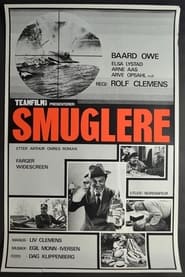 For many the happy twenties were...
For many the happy twenties were...Smugglers 1968
For many, the happy twenties were not very happy, with high unemployment, poverty and a bitter disillusioned youth. But at the same time there was prohibition in Norway, with large-scale smuggling and easy-earned money. Ernst, an unemployed architect, stumbles onto the smuggler path, and replaces a gray, boring life with a lush, rowdy and colorful world. Klara, the girl he loves, walks away from him, and Jenny becomes his new girlfriend. Together with Hugo and Elsa, these four make a number of smuggling trips by car - with big profits - but it's not enough. So Ernst invests in boats, and that's when the really messy smuggling starts. He operates in the entire Oslo Fjord, all the way down to Rotterdam, pursued by police and customs, with his infamous torpedo boats. We follow Ernst all the way to the so-called Bygdøyslaget, where smugglers and police brutaly clash together.
 A love triangle of two men...
A love triangle of two men...The Chasers 1959
A love triangle of two men who desire the same woman. We follow them through three days of grouse hunting, a chase that ends violently. Or does it?
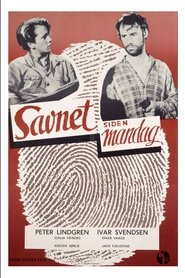 17 year old Gunnar Holm has been...
17 year old Gunnar Holm has been...Savnet siden mandag 1955
17 year old Gunnar Holm has been missing since Monday.
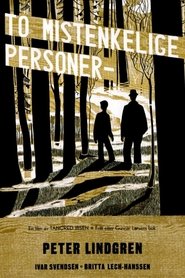 Two police officers lie dead The...
Two police officers lie dead The...Two Suspicious People 1950
Two police officers lie dead. The swede Ekstrøm and the youngster Gustav flees the scene of the crime. Based on a real double murder in 1926, this movie remained almost unseen for 57 years. When the film was set to premiere in 1950 one of the murderers, having served a full sentence, went to court to have the film stopped.
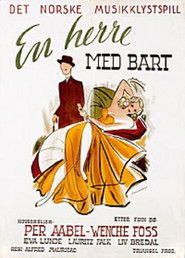 The title of this film En...
The title of this film En...En herre med bart 1942
The title of this film "En herre med bart" translates as "A Gentleman with a mustache." It is the the story of a married couple, a hardworking lawyer and his wife. The wife is fed up with the marriage and wants a divorce, something the husband won't let her have.
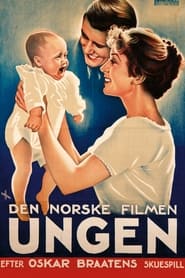 The classic movie from 1938 is an...
The classic movie from 1938 is an...The Child 1938
The classic movie from 1938 is an adaptation of Oscar Braatens play. Eva Sletto plays the young factory worker Milja, and Harald Heide Steen as her unfaithful boyfriend Julius.Milja and Julius are a happy couple working at the factory, and everything is good until Petrina shows up at the arena. Julius is bewitched by the girl, who gets him to drink and steal.Milja is soon left alone with the shame - and a bastard child. The child is placed with Hønse-Lovisa while Milja is at the factory, but a doctor casts his eyes on Milja`s young. He's looking for children to adopt to rich westside people. In her desperation, Milja gives away the dearest thing she owns, for the kid to have better conditions than she manages to give him.It is Hønse-Lovisa that convinces her that the material benefits can never compensate for real love and care.
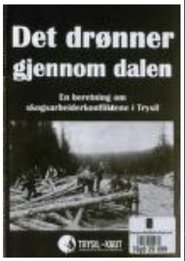 An interesting look into 1931 a year...
An interesting look into 1931 a year...A Boom Through the Valley 1938
An interesting look into 1931, a year of unemployment and misery in the forests of Norway. The movie is important as both film history and social portrayal. We get insight into working conditions class differences between loggers and forest owners. Based on the events of the Julussa conflict the movie depicts early labour organization, unity and strike.

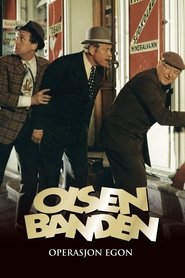 Egon Olsen is the leader of...
Egon Olsen is the leader of...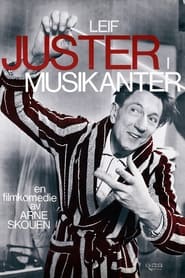 A caretaker at a music academy...
A caretaker at a music academy...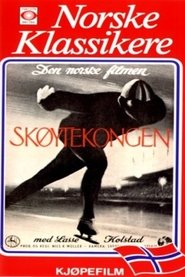 The throne of ice skating sees...
The throne of ice skating sees...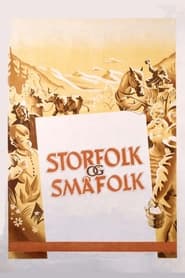
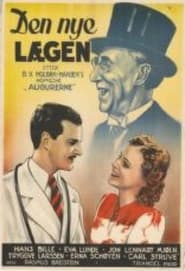 Den nye lgen English The New...
Den nye lgen English The New...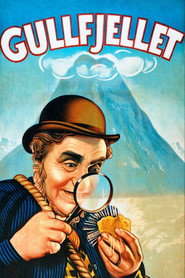 The city boy Rolf gets a...
The city boy Rolf gets a... Based on the true story of...
Based on the true story of...